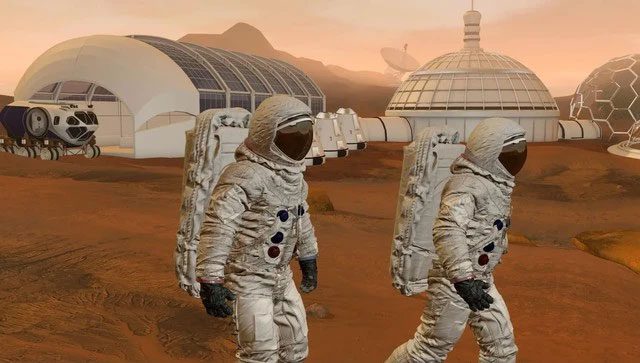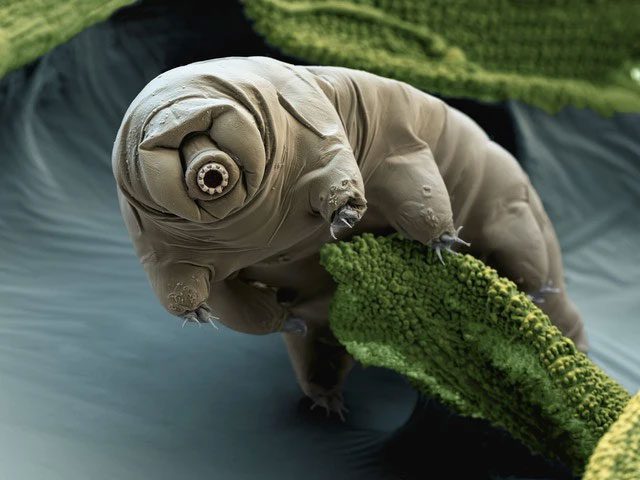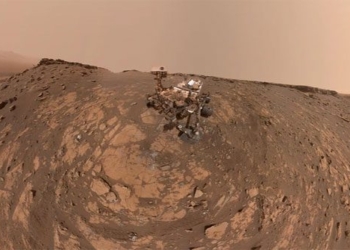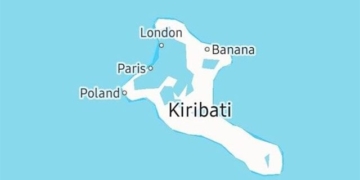In addition to addressing transportation methods and settlement locations, one of the biggest challenges facing NASA’s mission to explore Mars in 2030 is the health of astronauts.
Even during the journey to Mars, which could last up to 900 days, astronauts exiting the protective shield of Earth’s magnetic field will face the risk of radiation exposure from cosmic rays generated by supernovae and stellar explosions. Moreover, they will also encounter bone degeneration syndrome, which causes astronauts’ bones to weaken after prolonged periods in a microgravity environment.
Despite these risks, astronauts can still return to Earth “in one piece,” according to NASA’s assurances.
However, for those tasked with settling on Mars, the health risks become significantly more complex. For instance, if humans want to live long-term on Mars, they must “reproduce” there. However, surviving in the planet’s environment is quite complicated.

The intense cosmic radiation, lower gravity than Earth, and other harsh living conditions will significantly reduce astronauts’ lifespan if they live on Mars.
For example, the level of cosmic radiation on the surface of this planet could cause mutations in fetuses. Settlers exposed to radiation on their journey to Mars will also be affected in terms of their reproductive capabilities. Specifically, radiation is harmful to reproductive cells and can hinder the development of embryos and fetuses in adults. Additionally, Mars’ gravity, which is only 40% of Earth’s, causes a reduction in fluid in both the eyes and spinal cord, leading to vision loss and various issues with the bone development of babies.
Will DNA need to be modified for Mars colonization?
To tackle these challenges, several proposals have been made. One of them could involve gene editing technology, where settlers on Mars or any other planet outside Earth may need to transform themselves into “mutants.”
Essentially, gene editing to create “superpowers” isn’t just a concept in movies or science fiction. In fact, scientists are already working on this in real life. For example, the DNA of a peculiar organism called Tardigrades has been tested for insertion into human cells in laboratory settings.
Tardigrades, also known as water bears, are considered one of the most indestructible animals on Earth, having existed for about 530 million years, even before the dinosaurs appeared. They possess some bizarre characteristics and have been a fascinating research subject for scientists for many years.
They can survive in every habitat: from salty ocean waters to brackish rivers, freshwater ponds and lakes, swamps; under high pressure, extreme ultraviolet radiation, vacuum environments, or even in outer space…
Over 900 species of water bears have been found all around the world, from the highest mountains to the deepest oceans. They can endure boiling, freezing, desiccation, radiation exposure, and can survive even 10 years after entering a “dry” state. As soon as they come into contact with water, their bodies revive. Even if Earth were to be struck by an asteroid, a supernova explosion, or a gamma-ray burst, water bears could survive until the sun “dies,” which is a long time after humanity has gone extinct.

Tardigrades are considered one of the most resilient and bizarre organisms on Earth.
Notably, the incorporation of Tardigrade DNA into human cells has yielded astonishing results. According to Christopher Mason, a renowned associate professor of genetics at Weill Cornell University (New York, USA), the edited cells exhibit much greater resistance to cosmic radiation compared to normal human cells.
Temporarily “borrowing” these biological traits not only enables humans to settle on Mars but also opens up opportunities to explore more extreme climates in the Solar System.
For instance, settling on the surface of Europa, one of Jupiter’s moons, poses numerous challenges and risks. A significant concern is the intense radiation emanating from Jupiter’s radiation belt, which is ten times stronger than Earth’s Van Allen radiation belt. Humans cannot live on or near the surface of Europa without specially designed radiation protective suits. Another issue is the extremely low temperatures on Europa’s surface (around -170 degrees Celsius).
With massive oceans beneath thick layers of ice, Europa is considered one of the most suitable places for future human habitation. If we were to reach there, astronauts could face fatal radiation exposure from Jupiter unless protective measures are implemented, including equipping them with as many radiation shields as possible.
Meanwhile, applying genetic engineering techniques would make a journey to Europa, which is regarded as one of the most suitable places for future human habitation, more feasible.
Importantly, the application of genetic techniques and gene editing will not be limited to astronauts and those who will settle on Mars. Recent advancements in synthetic biology are opening a new chapter, as specially designed “edited bacteria” will assist humans in establishing settlements on the Red Planet.





















































